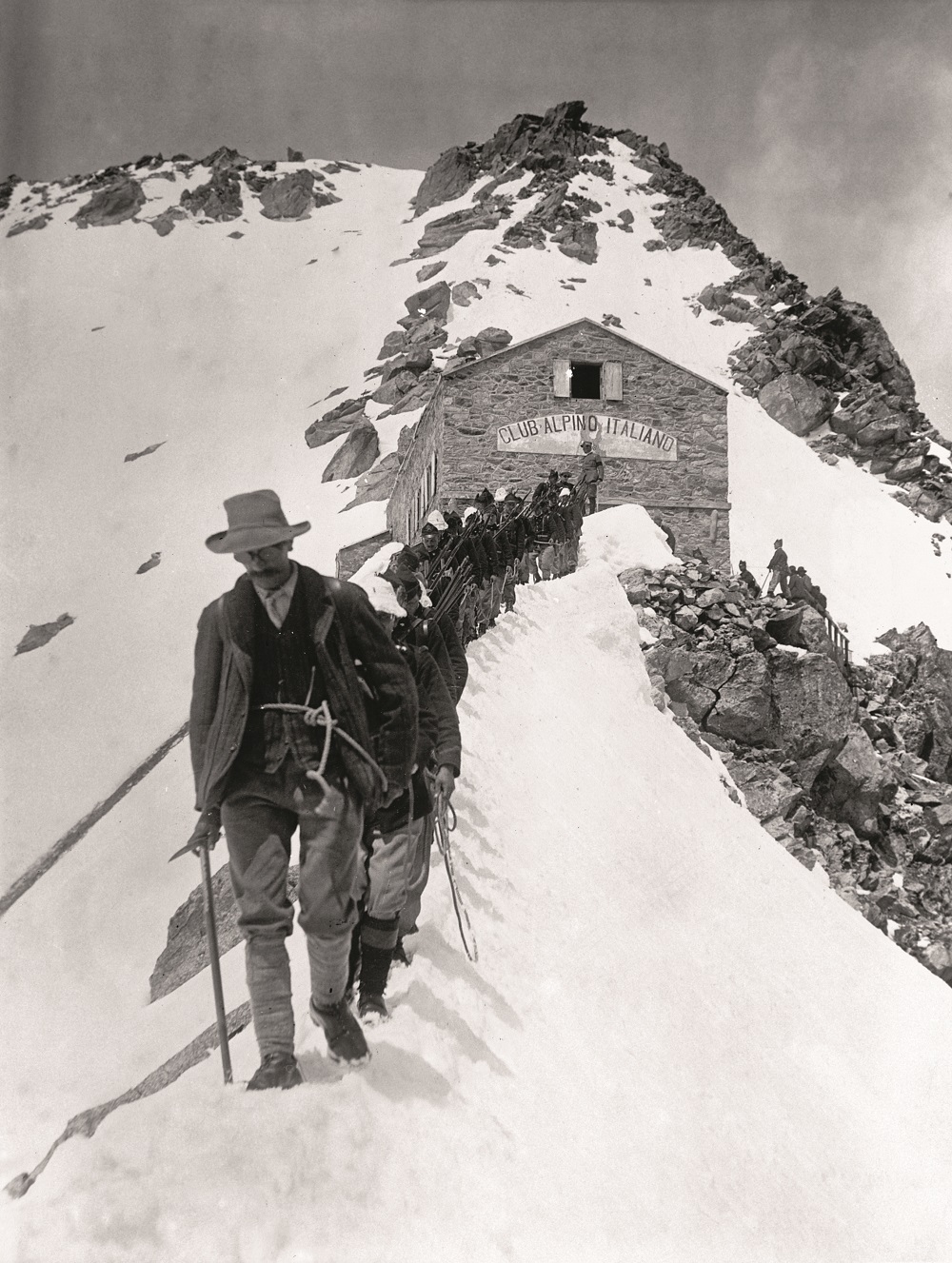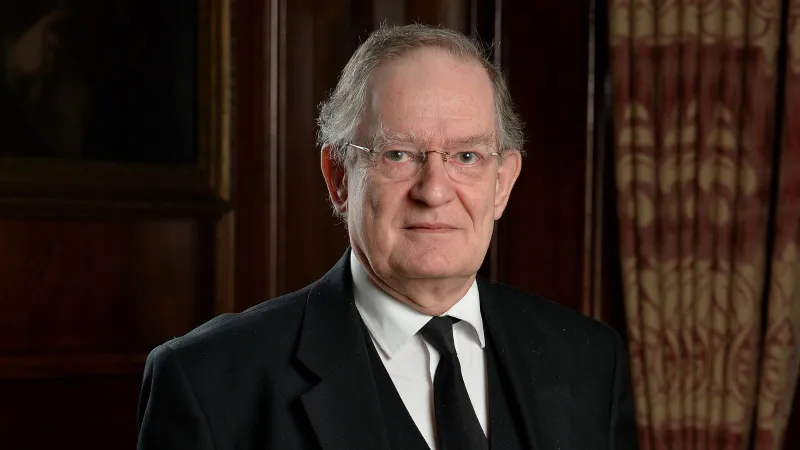The Brothers in Alms exhibition has taken up residence at Freemasons' Hall. It's an immersive journey that unveils a remarkable assortment of rarely witnessed wartime photographs. In order to delve deeper into the captivating narrative of this exhibition, Craftcast: the Freemasons Podcast extended a warm welcome to exhibition curator Brian Deutsch as a special guest in the studio.
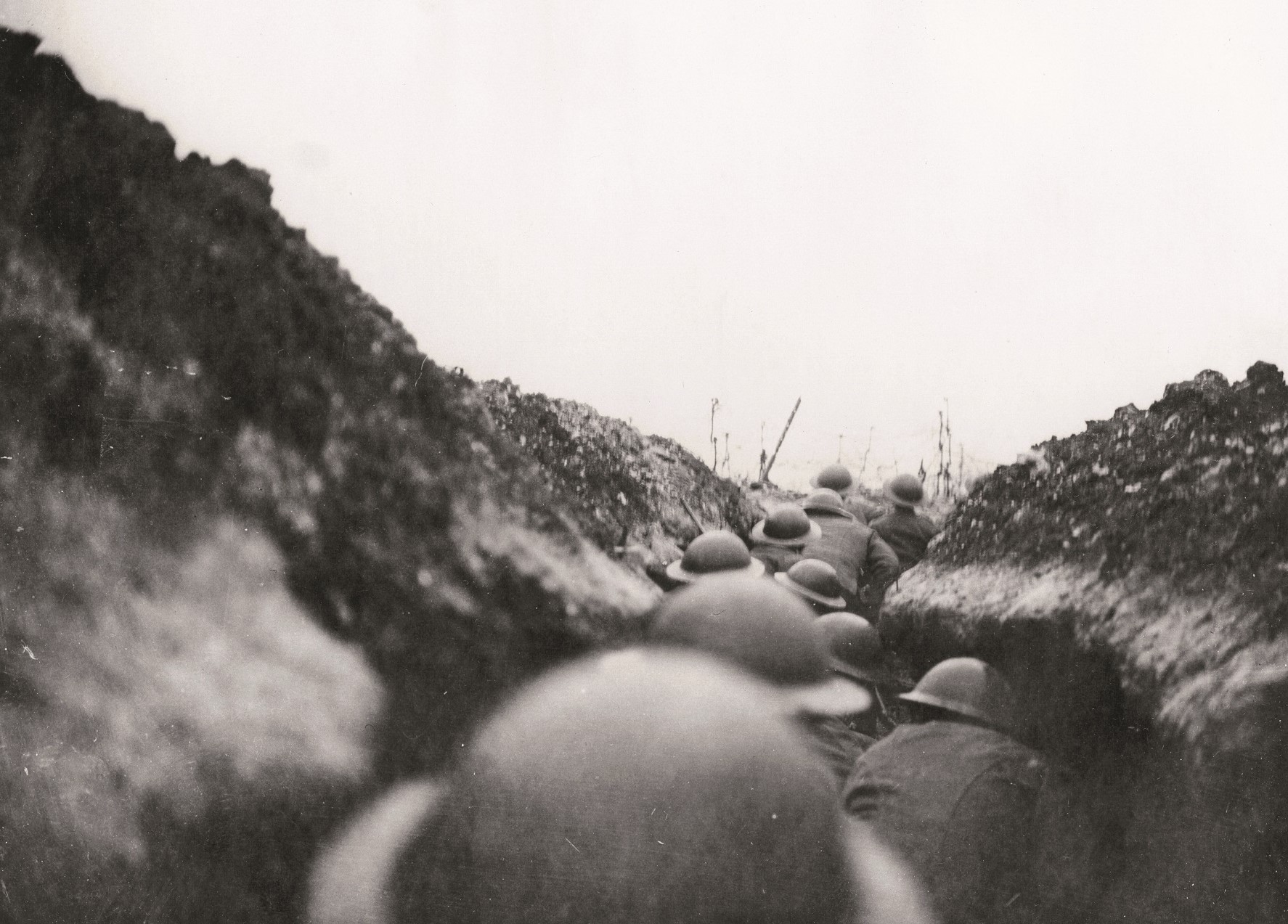
During his appearance on Craftcast, Deutsch shared the fascinating story of how he came to possess this extraordinary collection of images. In the late 1980s, during his tenure in the cable television industry, Deutsch obtained the collection that ultimately gave rise to the exhibition.
He told Craftcast,
'Well, a strange thing happened. I got a message via telex from my office in London telling me that the BBC was thinking of selling the Hulton Archive.'
The large collection of photographs was named after Sir Edward Hulton, a prominent figure in the publishing world. Sir Edward was the owner of Picture Post, a UK magazine that shared captivating stories in a photojournalism style similar to Life magazine in the US.
From its creation in 1938, Picture Post ran for 20 years. It proved an instant hit and sales increased further during World War II, attracting more than 20 million readers.
Deutsch said,
'The magazine was successful and featured many now-famous news photographs. It also amassed a vast collection of pictures.'
In addition, Picture Post explored historical events with centenary editions that featured fascinating images sourced from various libraries. Often, these images were bought by Picture Post, forming the Hulton Archive.
Despite his limited expertise with photography and the collection's contents, Deutsch acquired the Hulton Archive. To compensate for the gap in his knowledge, he recruited the head of Christie's photographic department for guidance.
'What I discovered was not just these wonderful photos from the war and 1938 onward, but an amazing archive of historic images. We used to go around in the middle of the night - what I called "Hulting" - and open drawers and find these amazing pictures. The collection was outstanding, but what do you do with it? As a private collection, it's not going to be of much use, so I said that we've got to make this available to other people.'
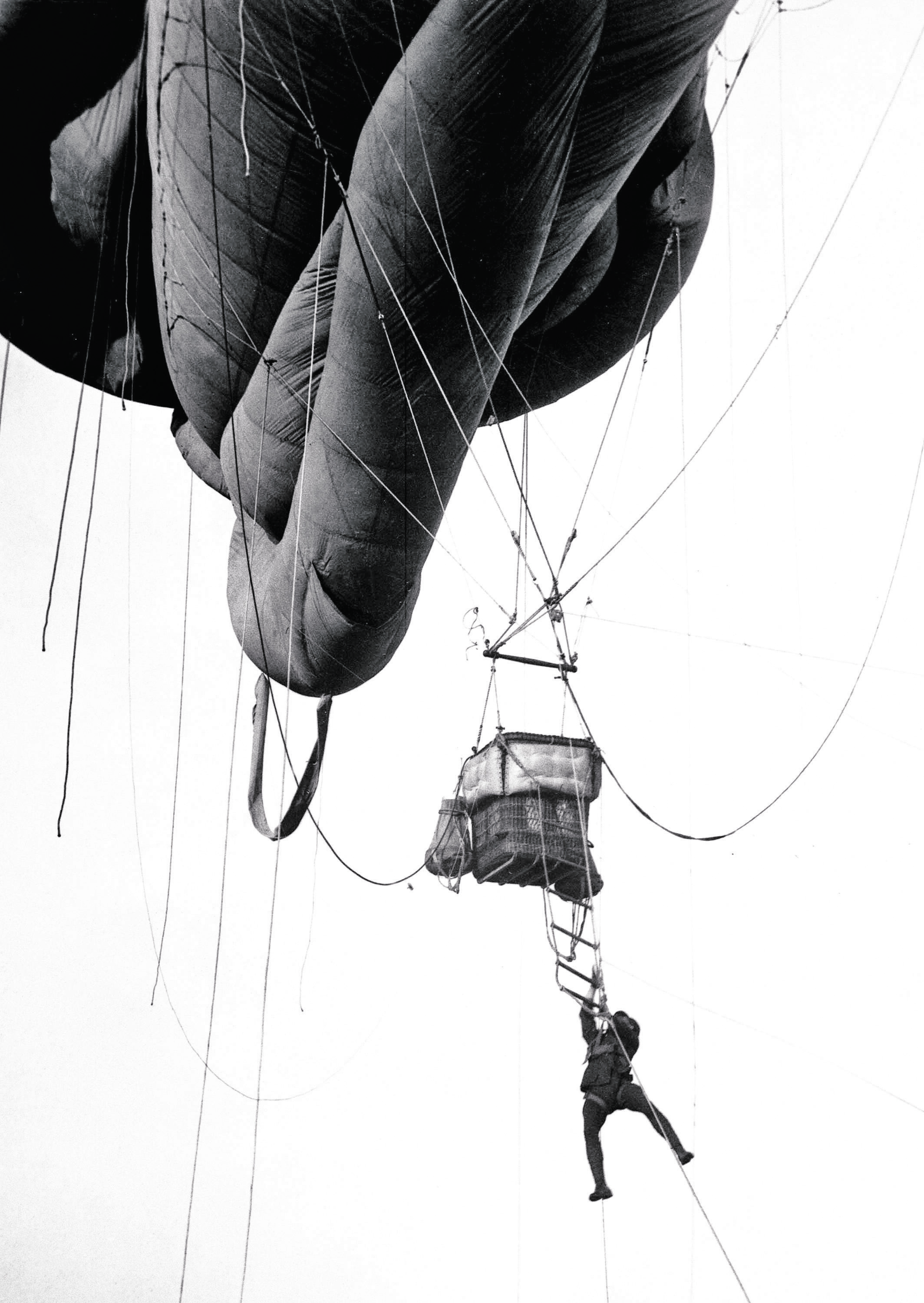
Deutsch explained how the only way to share the images was to drum scan 100,000 pictures, a time-consuming and expensive process. During that period, Deutsch had the opportunity to meet Bill Gates and invited him to see the magnificent collection of images. Gates unfortunately declined the invitation.
Deutsch added, 'The joke is, after £1 million was spent on scanning them, Gates paid me £2.5 million a couple of years later for 50,000 images for the digital encyclopedia Encarta.'
The collection of images was transformed into CD-ROMs, with each disc containing 5,000 pictures spanning 1900 to 1950.
'People started to see what these images meant and were able to copy them and get rights for them for much more than just sending them out. It became quite a meaningful business and I ran it for nearly 10 years,'
After a period of time, shareholders of Deutsch's company decided to sell it to Getty, the online image library. For 20 years, Deutsch had not revisited the Hulton Archive. However, his friend and Freemason Quentin Humberstone approached him with a compelling request - to return to the image archive and curate an exhibition commemorating the centenary of the end of World War I.
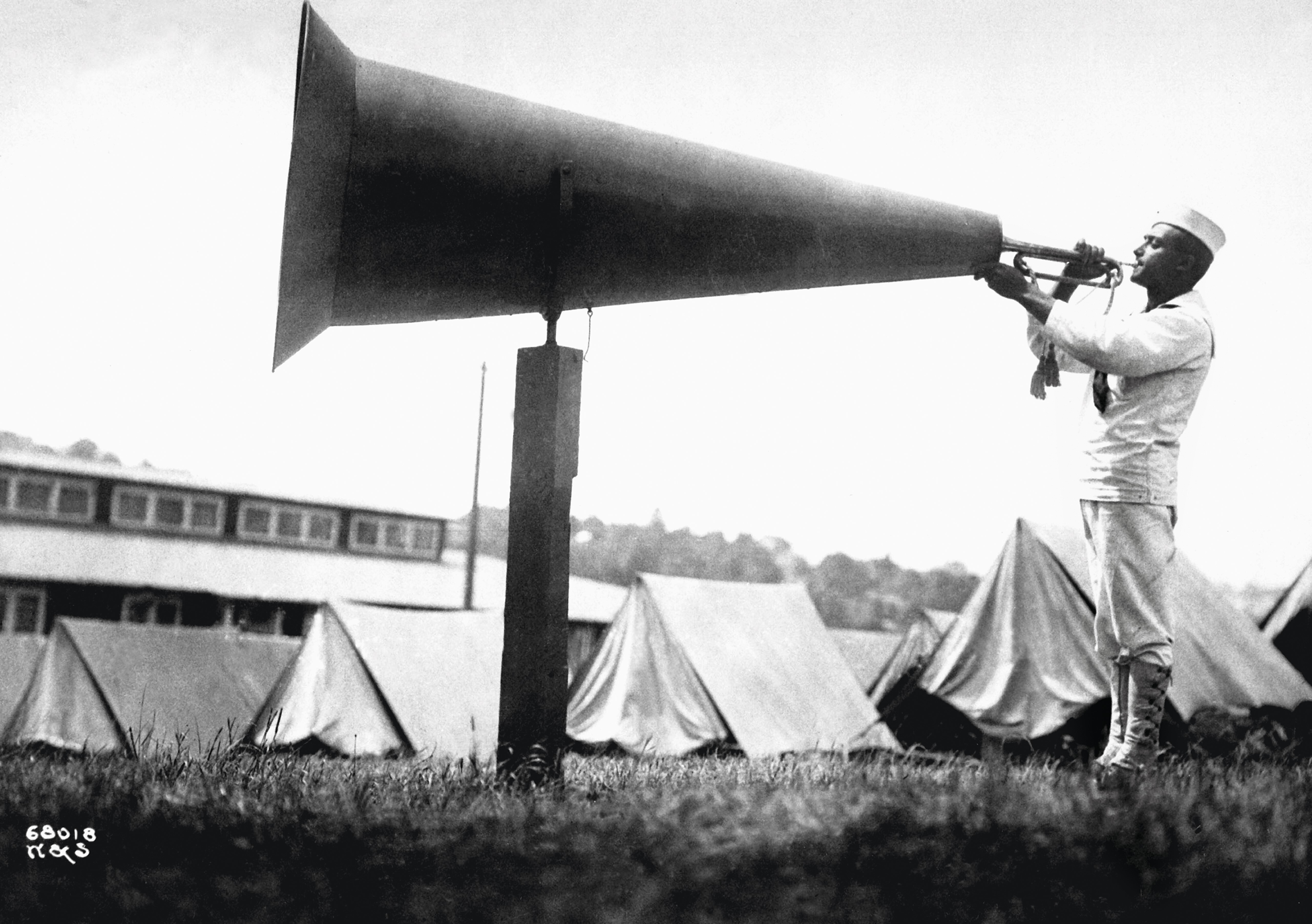
To start, Deutsch handpicked 240 pictures from the archive, as well as from a diverse range of sources such as Alamy, the National collections of Scotland and other image libraries.
The purpose behind the exhibition was to shine a spotlight on the acts of benevolence performed by individuals during the war, including the contributions of Freemasons.
Deutsch aimed to shift the narrative away from the prevalent emphasis on bloodshed, injury and tragedy, and direct attention towards the positive endeavours of humanity amid the tumultuous period.
'We needed to show the spirit of brotherhood,'
When asked about the inspiration for the exhibition, Deutsch explained how there was something really special about pictures.
'Since I bought this collection in 1988, I've always believed that a picture says a thousand words. Pictures are the most evocative way of sharing stories, especially if they recall real events. You look at a really good image of someone's face and you can see the pain or the pleasure.’
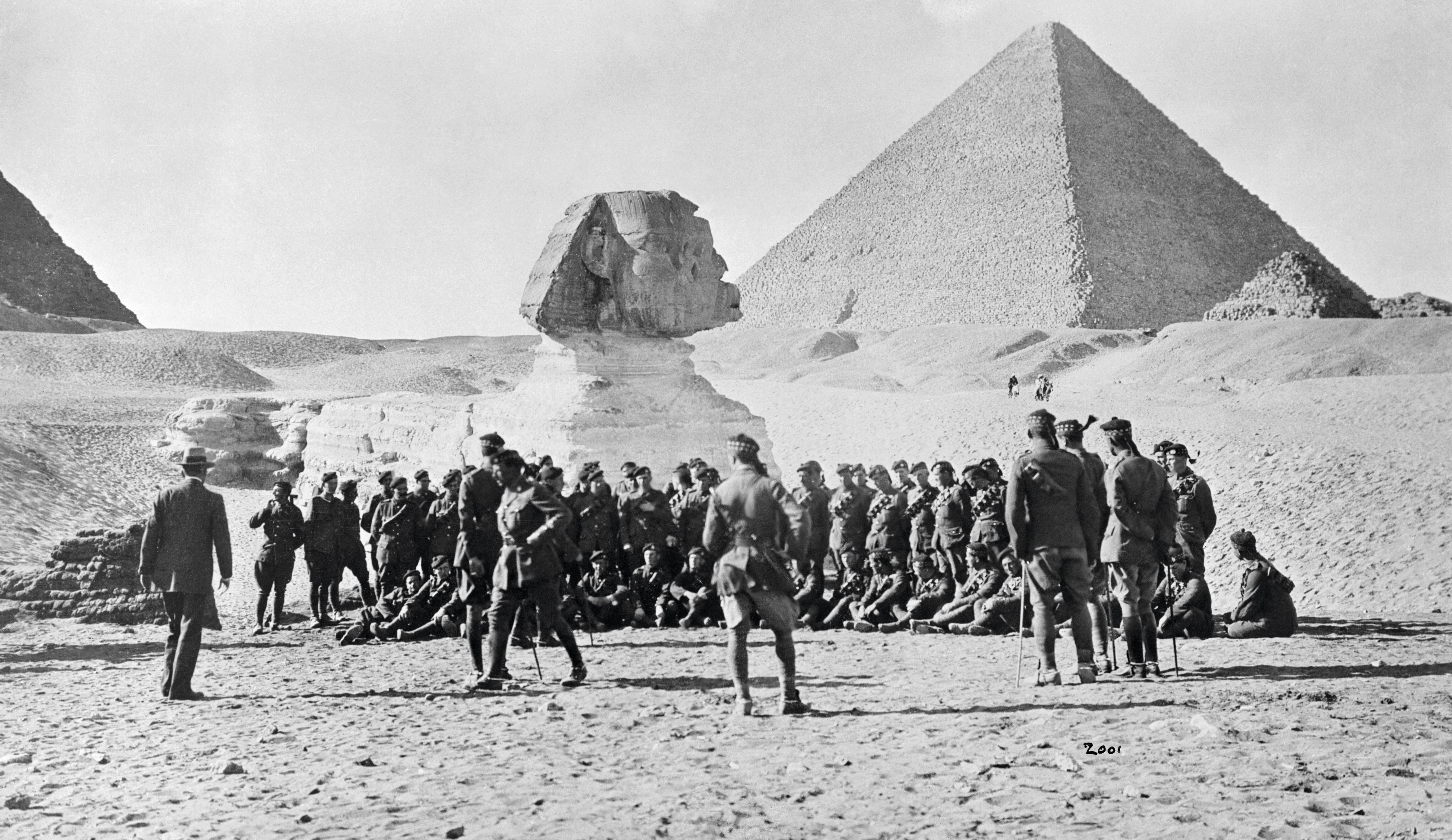
Deutsch highlighted the extraordinary nature of these captivating pictures, showcasing aspects that surpass the limitations of history books, allowing them to convey stories that words alone cannot capture. Highlights of the exhibition include images of a number of remarkable Freemasons and women Freemasons who served throughout the war, such as Field Marshals Horatio Kitchener and Douglas Haig. Deutsch had no intention of singling out Freemasons – it just so happened that there were quite a few in the exhibition’s images.
‘I was quite surprised. Yes I knew some of the leaders were Freemasons, but to find so many that were fighting in the war who were lower down in the ranks was absolutely amazing.”
During the Craftcast interview, Deutsch revealed his two favorite images from the exhibition, both of which gained the favor of the Grand Master, HRH The Duke of Kent when he gave him a personal tour. Deutsch said of The Duke, 'He was fascinated by the whole thing and he loved it all.' Within the collection, Deutsch showed His Royal Highness two pictures featuring his own grandfather, King George V. The first image depicted the King presenting one of 500,000 medals to a soldier on the front line during World War I. The Duke was astounded to learn of his grandfather's regular visits and involvement with the front line during the conflict. The second image held equal importance, capturing Haig using his cane to illustrate the details of the momentous battle of Thiepval to King George V. The King is portrayed sitting on a small chair, attentively listening to Haig's explanations about the battle's course. 'It's a marvelous picture,' he said. 'You can see the closeness of these two human beings.' During his discussion on Craftcast, Deutsch highlighted the correlation between World War I and the surge in membership within the Freemasonry community.
He said,
'It's one of the reasons people came into Freemasonry. They thought: “Where can I go to have this camaraderie that I have had for these four horrible years?”'
Deutsch went on to explain how many soldiers in the trenches had friends around them that were already Freemasons, which inspired them to join after the war. When asked about how he came up with the name for the exhibition, Deutsch said that it was important to highlight brotherhood rather than charity. ‘It’s a bit corny but the idea is that you usually say brothers in arms. But I thought the truth of the matter is that what this building [Freemasons’ Hall] is all about is the alms, the charity, the good deeds that are done, the hospitals that were set up by Freemasons during the war.’
Tours of the ‘Brothers in Alms’ collection will be available monthly, but Deutsch is happy to do them as often as people want for groups of Freemasons as they pass the collection on the second floor on the way to Lodge rooms.
He said,
‘I’m very happy to take those people and say let’s show you what this is really all about and how this relates to you and this great building.’
Members of the public can view the collection without a guided tour, but to get the real story and narrative behind the pictures Deutsch suggests it’s best to go on a guided tour.
If you’re interested in booking a tour with him, email: [email protected].
To see a digital gallery of the 'Brothers in Alms' exhibit, visit our website.
Tune into Craftcast: the Freemasons Podcast, to hear the full interview with Brian Deutsch about the exhibition. It’s available on all major podcast platforms.
